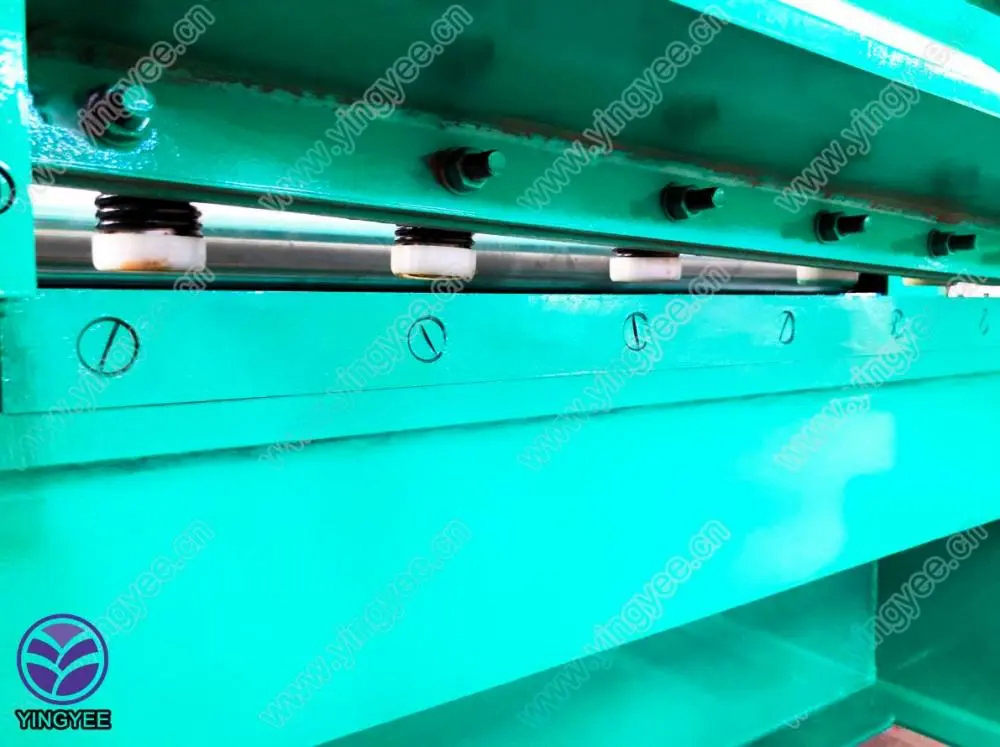
Understanding Carbon Steel Slitting Lines A Comprehensive Overview
Carbon steel slitting lines are essential pieces of machinery in the metal processing industry. They are designed to convert wide coils of carbon steel into narrower strips, which can then be utilized in various applications. This process involves several stages, including uncoiling, slitting, and recoiling, which are crucial for producing high-quality steel strips that meet industry standards.
The Slitting Process Explained
The slitting line begins with the uncoiling of large rolls of carbon steel, which can weigh several tons. Once the coil is securely positioned on the uncoiler, the slitting process starts. A series of precision rotary blades are used to cut the wide coil into required widths, based on customer specifications. These blades are engineered to provide clean cuts and maintain the integrity of the steel strip, avoiding any deformation or waste.
After the slitting is complete, the newly cut strips, often referred to as slit coils, are then recoiled onto individual spools. This step is crucial, as it makes the transportation and handling of the steel strips more manageable. The recoiler must maintain tension during this process to prevent any defects in the coil, such as wrinkling or distortion.
Benefits of Using Carbon Steel Slitting Lines
There are numerous advantages to utilizing carbon steel slitting lines in manufacturing operations
. First and foremost, they streamline the production process, allowing companies to quickly and efficiently produce the required widths of steel strips. This is particularly beneficial for industries such as automotive, construction, and appliance manufacturing, which rely heavily on quality steel components.
Moreover, slitting lines enhance material efficiency. By producing strips in precise widths, companies can minimize scrap and optimize their use of raw materials. This not only leads to cost savings but also promotes sustainable practices by reducing waste.
Technological Advances in Slitting Lines
Over the years, technology has played a significant role in enhancing the efficiency and effectiveness of carbon steel slitting lines. Modern slitting lines are equipped with advanced automation systems, which allow for precise control of the slitting process. These systems can monitor factors such as blade speed, tension, and coil weight, adjusting parameters in real time to ensure optimal performance.
Additionally, many slitting lines now feature integrated safety systems to protect operators. These advancements have led to improved working conditions, reducing the risk of accidents and injuries on the shop floor.
Conclusion
Carbon steel slitting lines are a vital component of the steel processing industry, enabling the efficient production of high-quality steel strips. The combination of advanced technology and precise engineering ensures that these lines can meet the increasing demands of various sectors. As industries continue to prioritize efficiency and sustainability, the role of carbon steel slitting lines will only grow in importance, shaping the future of metal processing. Investing in modern slitting technology can provide manufacturers with a competitive edge, enabling them to respond effectively to market needs while maintaining high standards of quality.